10 ways to win Milan-San Remo
A look back at La Primavera's past
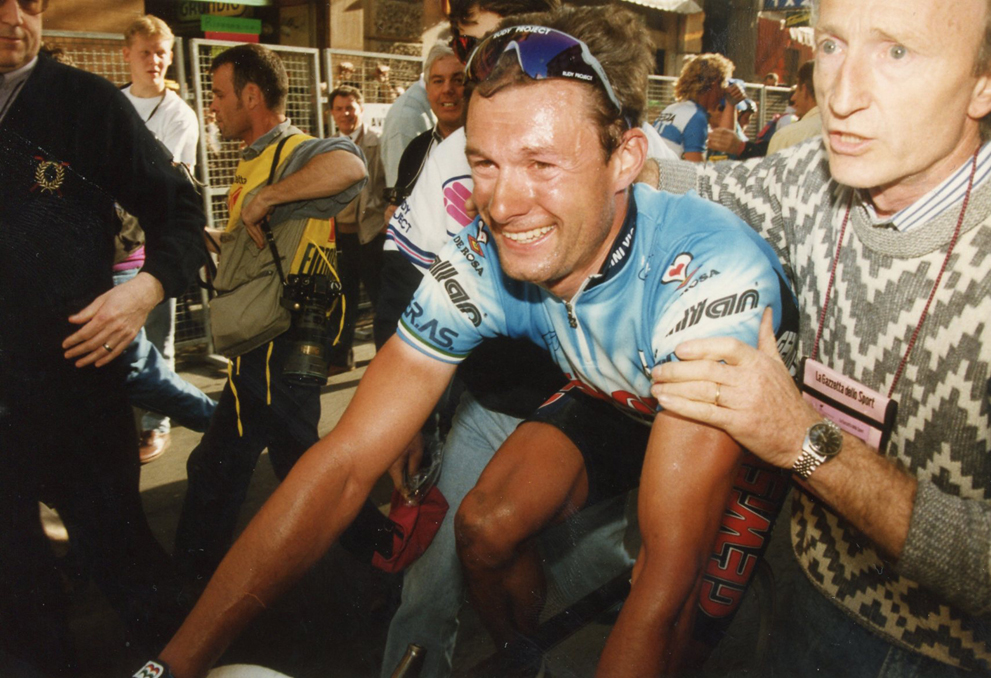
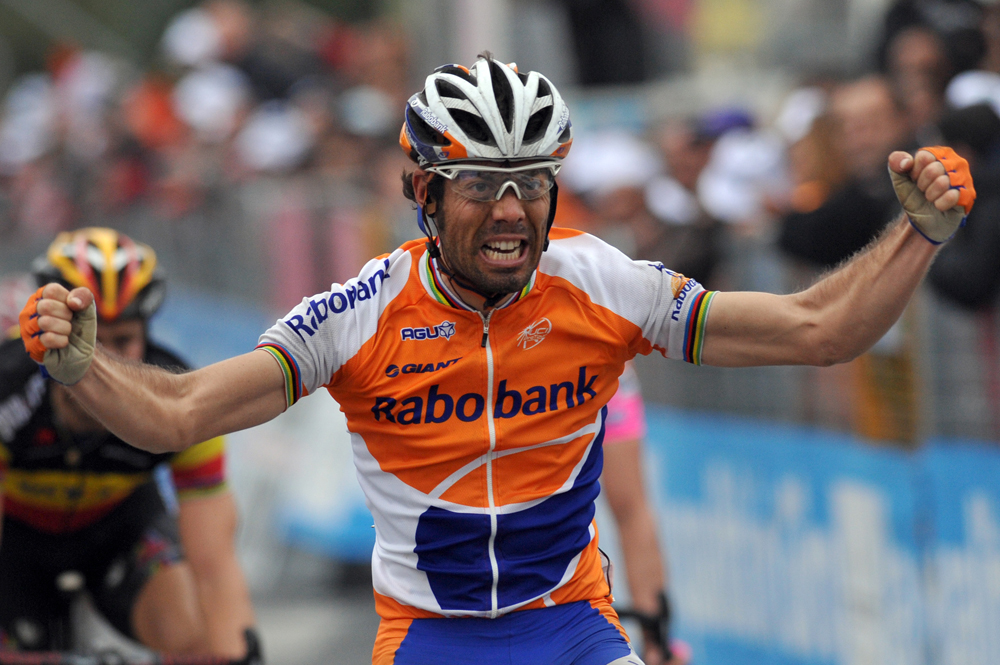
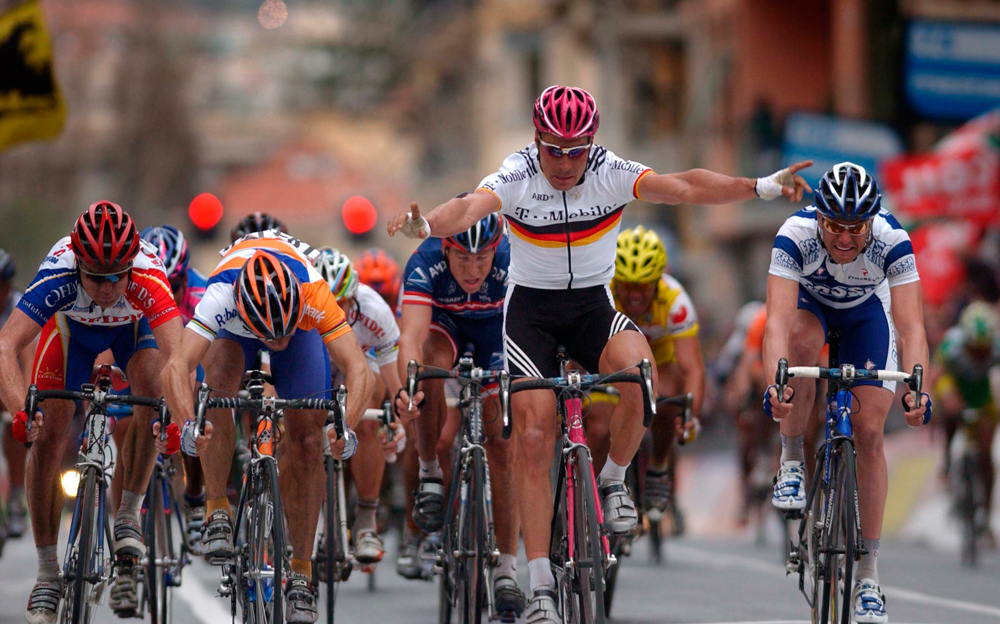
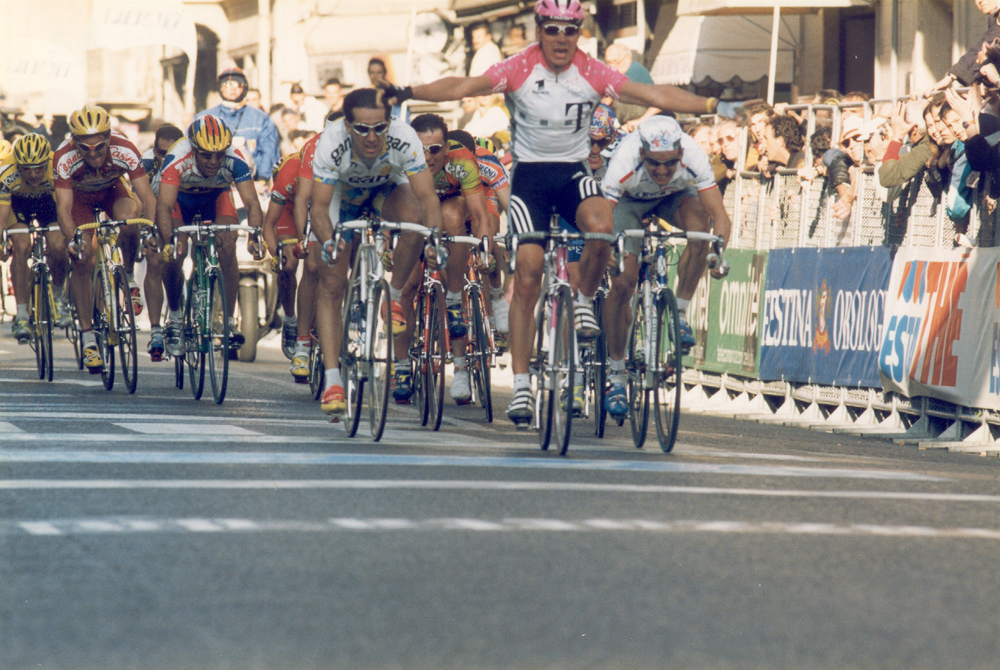
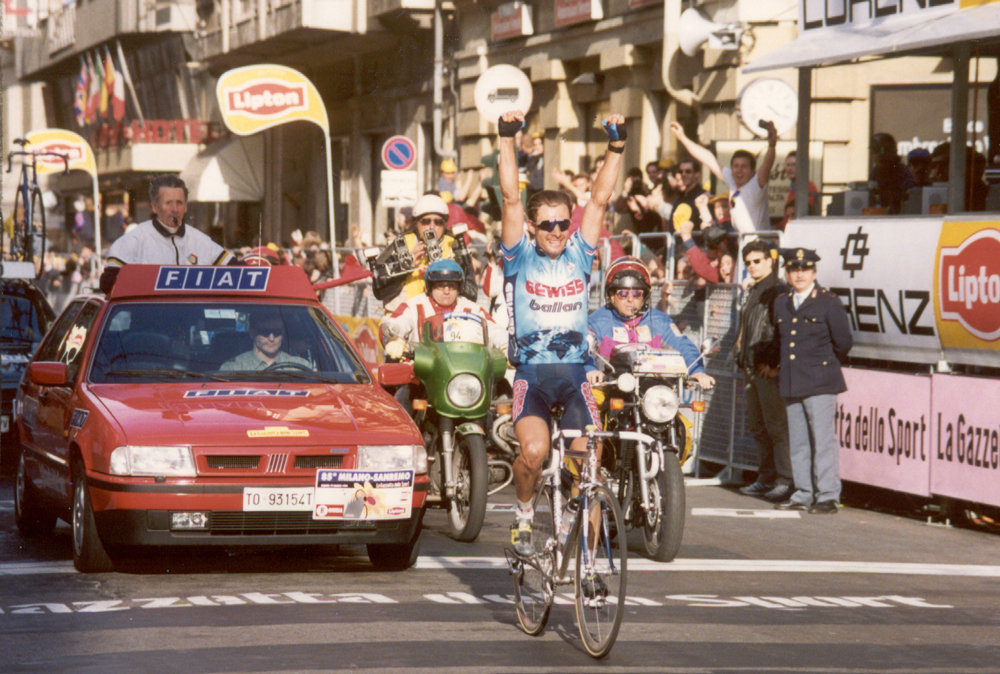
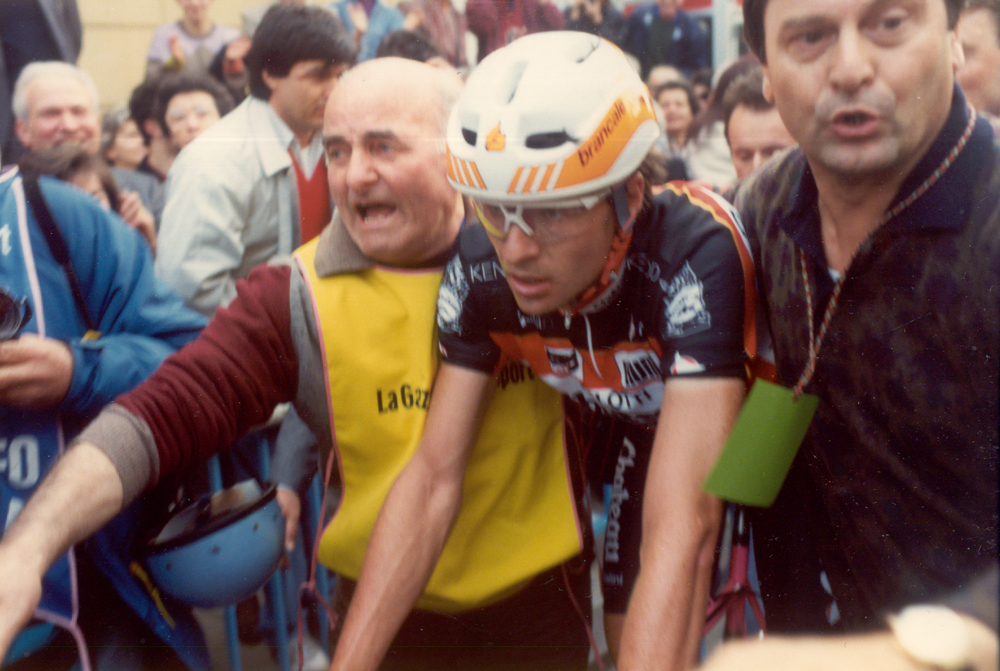
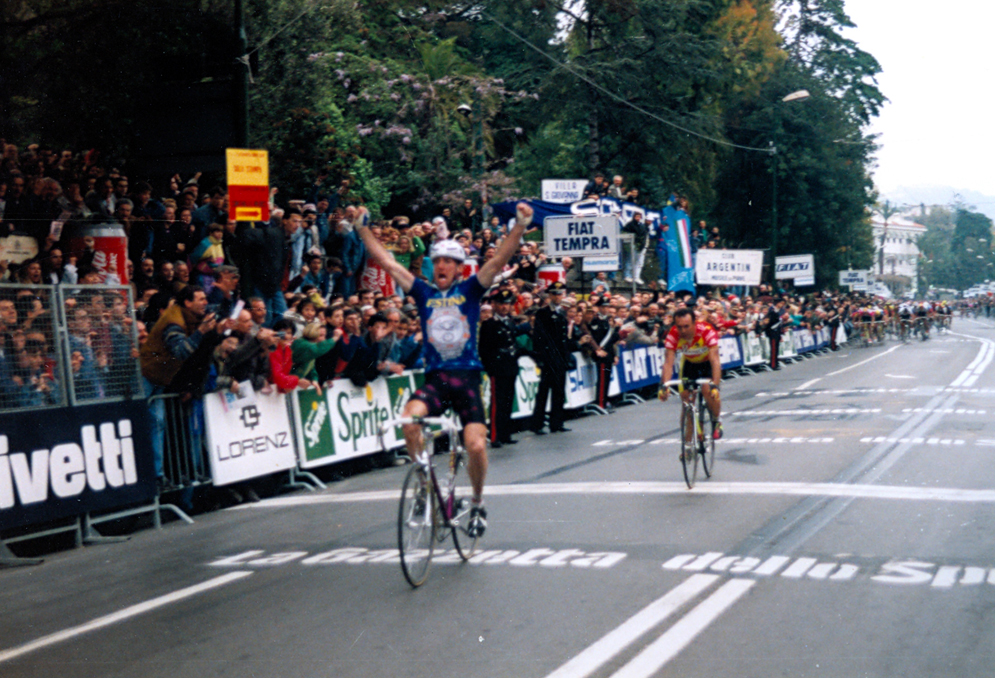
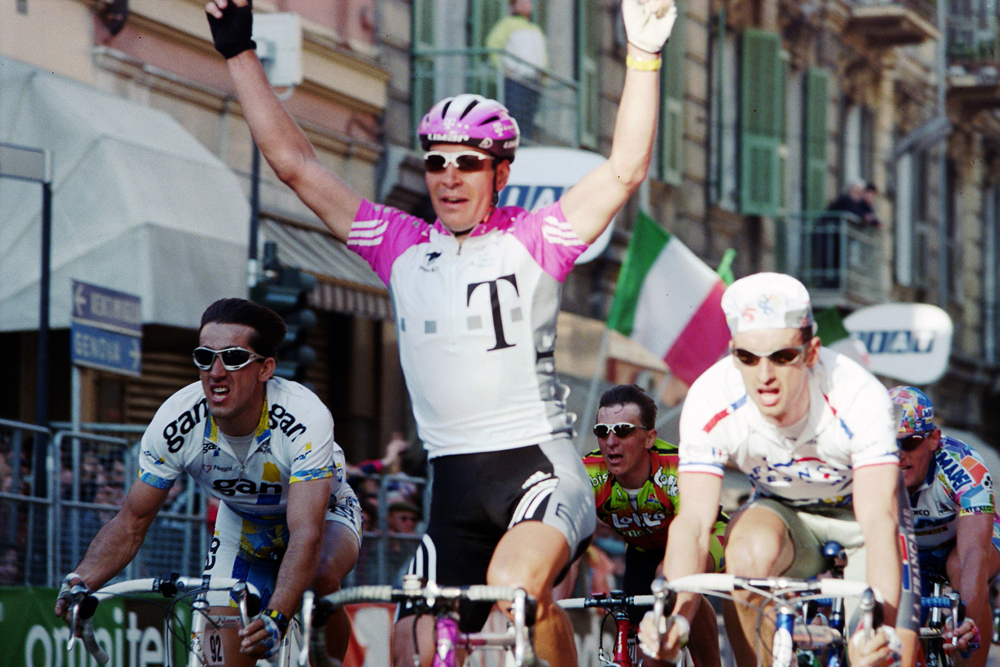
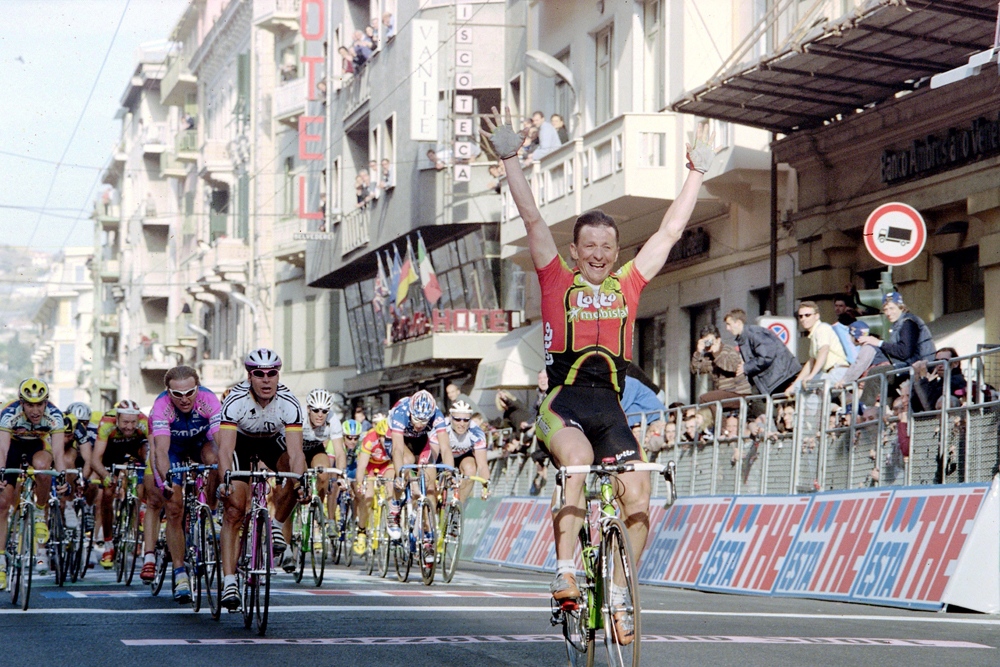
Like grunge music and beat poetry, Milan-San Remo is seemingly easy to ride but exceedingly difficult to master. The opening Monument of the year offers a challenge quite unlike any other in cycling: the obvious obstacles are hardly insurmountable yet the pitfalls are constant. The white knuckle drama of the final 20 kilometres lends to the perception that La Primavera is a straightforward shoot-out between attackers and sprinters, but such a description does scant justice to the subtlety of the race. Ahead of this weekend's latest installment, Cyclingnews looks back at ten different ways in which the race has been won over the years.
Solo clear on the Turchino – Fausto Coppi 1946
The 1946 edition of Milan-San Remo was also the first after World War II and the bitter civil war that had followed the collapse of Fascism in Italy, and that background only added to the symbolism of the race and its passage over the Turchino. Coppi was part of a five-man group that broke clear early on, and once on the slopes of the Turchino, he seemed to climb into another realm. The Frenchman Lucien Teisseire was the last man to stay in contact but he was inexorably distanced and Coppi emerged alone from the tunnel before the summit.
Over the 145 kilometres that remained, Coppi would build up a lead of 14 minutes to win alone in San Remo and the newspaper reports the following day couldn't help but position the exploit within the wider context of Italy's recent – and ongoing – unrest. "Coppi's feat would simply have given a new lustre to a splendid athletic event, had another factor not conferred an undeniable symbolic meaning upon it," Bruno Roghi wrote in Gazzetta dello Sport. "Because of Coppi's exploit, we feel unrepentantly Italian, Italians once again."
Follow orders to the letter – Raymond Poulidor 1961
As a rider, Antonin Magne won two Tours de France and a world title in the 1930s, but it is his afterlife as a directeur sportif that tends to recur most frequently in French cycling folklore. Magne's eccentricities added much colour to the careers of Louison Bobet and Raymond Poulidor – he always wore a black beret and white shirt, and insisted on addressing his riders with the formal vous – while he also had a laconic command of language. As Jacques Anquetil prepared to catch and pass Poulidor in a time trial at the 1962 Tour, for instance, Magne is reputed to have pithily instructed his rider: "Pull over, Raymond, and admire the Caravelle [the precursor to the Concorde – ed.]"
At the previous year's Milan-San Remo, Magne's plain-speaking was crucial in keeping Poulidor in the race and setting him up for victory. When the Frenchman punctured with 125 kilometres remaining, he sat on the roadside and began undoing his shoes, only for the Mercier team car to screech to a halt alongside him. "Raymond, I am forbidding you from abandoning. You have no right to do so," Magne barked.
The latest race content, interviews, features, reviews and expert buying guides, direct to your inbox!
After re-joining the peloton, Poulidor followed Magne's next orders to attack with Ab Geldermans and teammate Jean-Claude Annaert at the foot of the Capo Berta and then go clear alone on the Poggio. Magne's influence didn't stop there, as Peter Cossins explains in his book The Monuments. "Rather than drive up behind his leader, Magne slyly followed Geldermans and Annaert, giving the peloton closing in behind the impression the three leaders were still together," Cossins writes. "The ruse was enough to make the difference. 'Poupou' held on to win by 60m despite being sent off course by a policeman on the final bend."
For once the Eternal Second landed the big win, thanks in no small part to the larger-than-life Magne's influence. Had radio earpieces been around back then, maybe Poulidor might even have shaken off that nickname on the Puy de Dome in 1964…
Infiltrate the early break – Marc Gomez 1982
Responding to the recurring lament that the Milan-San Remo route had become too easy, organiser Vincenzo Torriani added the climb of the Cipressa to the finale in 1982, and the expectation was that the new ascent would prove decisive. Perhaps it did, albeit in a rather indirect way.
There was no undue concern in the peloton when an early break of 13 built up an advantage of ten minutes on the long haul across the Plain of Lombardy, but the response – when it finally did come – was ruinously disjointed. The favourite Giuseppe Saronni had already pulled out on the Turchino, having failed to dress adequately for the cold and wet conditions, while Francesco Moser's Famucine squad and a young Moreno Argentin's Sammontana outfit squabbled over whose responsibility it was to chase. Perhaps there was concern, too, about the extra difficulty posed by the Cipressa in the finale. In any case, it was increasingly apparent that the spoils would fall to a surprise winner.
By the time they hit the Cipressa, the break was down already dwindling and just two riders, the Frenchman Marc Gomez and Alain Bondue, remained out in front after crossing the summit. The pair still had three minutes in hand by the Poggio, and in the end, it was the treacherous descent that separated them. Bondue's wheels slipped not once, but twice, and although the bespectacled Gomez seemed to tackle the hairpin bends in installments, he stayed clear to win by 10 seconds, as Argentin pipped Moser in the sprint for 3rd.
The 26-year-old Gomez was a neo-professional with Wolber and a most unlikely winner – Corriere della Sera grumbled that it was the first win from an early break since 1927 – though he went on to prove his worth by winning the prologue at the Vuelta a España that April and the French title the following year. The unfortunate Bondue, meanwhile, would suffer a similar fate two years later at his home race Paris-Roubaix, when he crashed out of the winning break as he strained to follow Sean Kelly on the pavé.
Get away before the Cipressa – Gianni Bugno 1990

Strange things were beginning to happen in cycling by 1990, the same year that Gianni Bugno won the Giro d'Italia after leading the race from start to finish and dominating on all terrains. He began that particular annus mirabilis with a career-altering victory at Milan-San Remo – at a record average speed of 45.8kph – that marked his passage from eternal promise to an apparent heir to Fausto Coppi.
Introverted, pensive and softly-spoken, Bugno's guarded exchanges with the press earned him the moniker of Vedremo – "We'll See" – from Italian journalist Gianni Mura, and that same reticence seemed to blight him on the bike. The man from Monza had entered the professional ranks in 1986 with a glittering reputation, but proceeded to frustrate observers with his tendency to second and even third guess himself in the finale of major races and miss out on the biggest prizes.
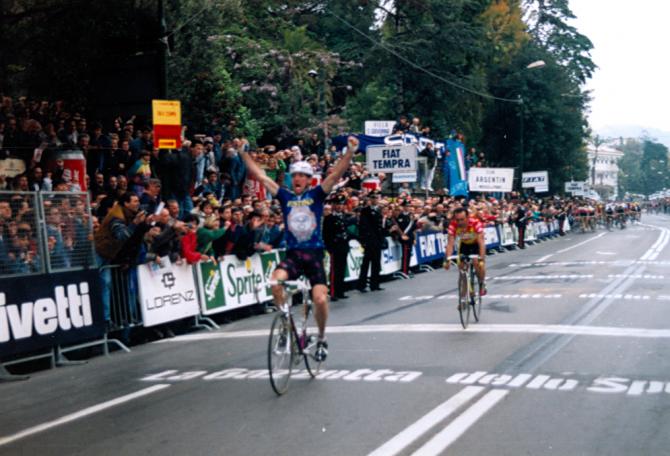
La Primavera
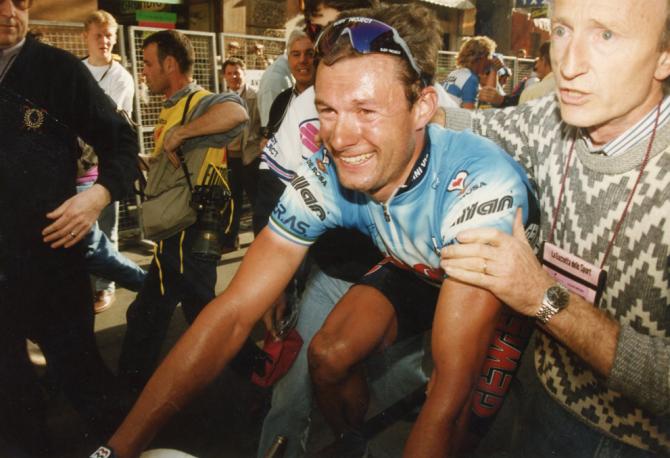
preparatore

La Primavera
"What sense is there in towing along someone like Zabel who'll only beat everyone in the sprint? If someone does that, the reason is clear," Elli told reporters. “If that's not riding for Zabel, then tell me what it is."
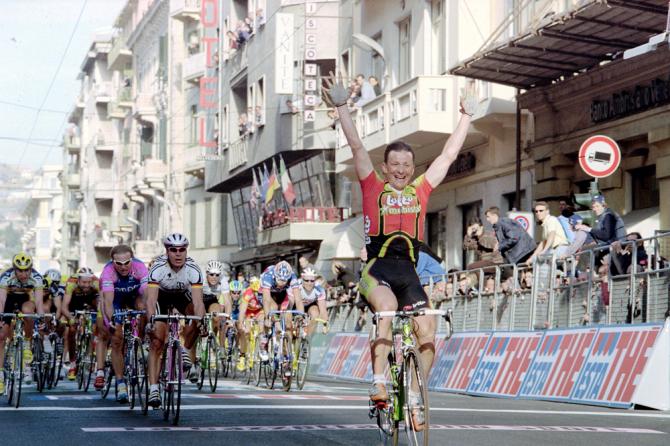
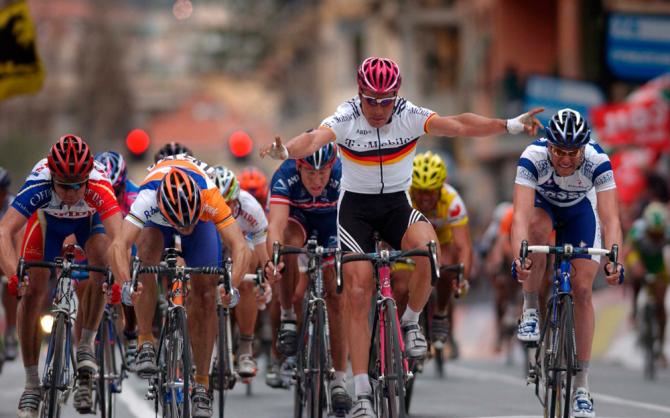
tifosi's
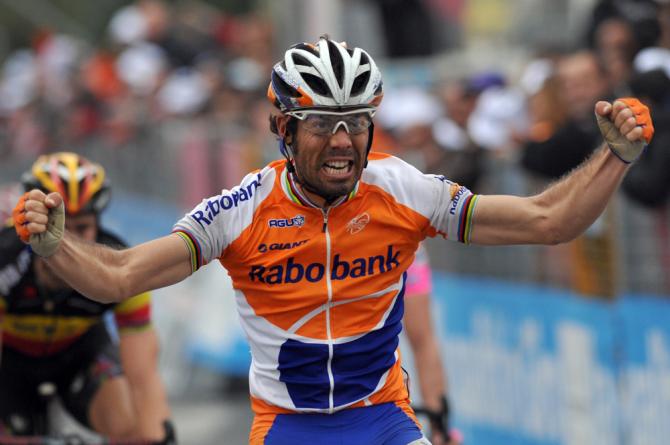
La Classicissima

Barry Ryan was Head of Features at Cyclingnews. He has covered professional cycling since 2010, reporting from the Tour de France, Giro d’Italia and events from Argentina to Japan. His writing has appeared in The Independent, Procycling and Cycling Plus. He is the author of The Ascent: Sean Kelly, Stephen Roche and the Rise of Irish Cycling’s Golden Generation, published by Gill Books.